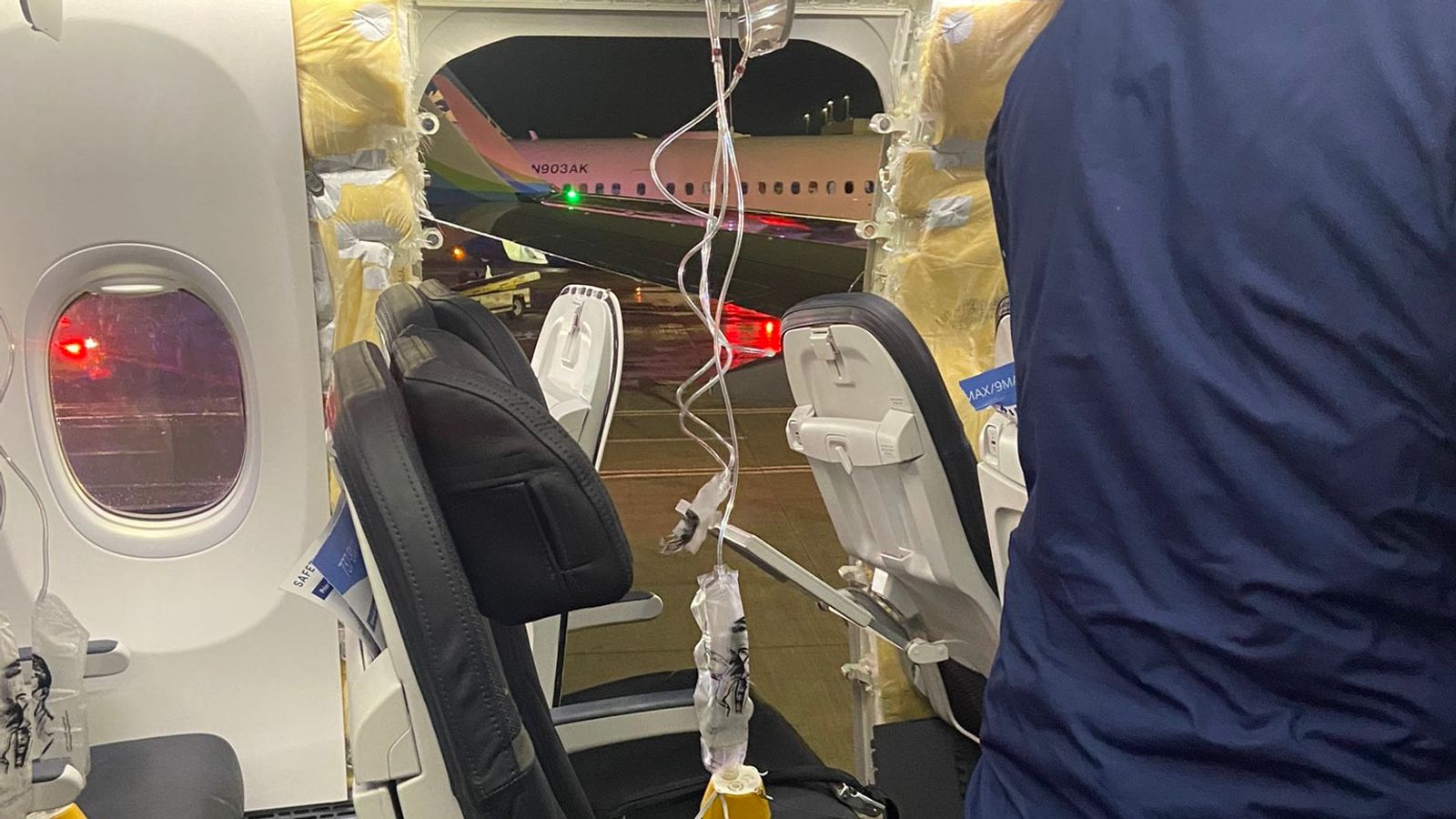Rising concerns over Boeing aircraft crashes: Are safety standards falling short?

KATHMANDU: The aviation industry, known for its commitment to safety and innovation, is facing renewed scrutiny as Boeing aircraft continue to be involved in high-profile accidents. Recent incidents, including the tragic crash of a Jeju Air flight in South Korea that left 62 dead, have reignited concerns about the reliability and safety standards of one of the world’s largest aircraft manufacturers.
A Troubling Trend in Boeing Crashes
Boeing, a name synonymous with modern aviation, has built a reputation for engineering excellence over decades. However, recent years have seen a troubling uptick in accidents involving its planes. The crashes of Lion Air Flight 610 and Ethiopian Airlines Flight 302 in 2018 and 2019, both involving the Boeing 737 MAX, were devastating. These incidents killed 346 people and led to a worldwide grounding of the 737 MAX fleet.
The recurrence of Boeing-related accidents, including this year’s Jeju Air crash, raises questions about the company’s adherence to safety protocols, design flaws, and quality control. Aviation experts argue that while isolated incidents can occur, a pattern of failures signals systemic issues.
Technical Failures: A Recurring Theme
Investigations into past Boeing crashes have often highlighted technical failures. The 737 MAX disasters, for instance, were attributed to a malfunctioning Maneuvering Characteristics Augmentation System (MCAS), which forced the aircraft into uncontrollable dives.
In the Jeju Air crash, initial reports and video footage suggest the absence of landing gear, which caused the plane to slide on its belly before colliding with an embankment. While the exact cause is still under investigation, experts suspect potential mechanical faults or inadequate maintenance protocols.
Such failures point to a need for more stringent oversight of aircraft manufacturing, maintenance, and operational training. The question remains: Is Boeing prioritizing cost efficiency and production deadlines over passenger safety?
Pressure to Perform: The Race Against Airbus
The competitive rivalry between Boeing and Airbus has often been cited as a factor in Boeing’s recent challenges. The race to dominate the global aviation market has pushed both companies to expedite production cycles and introduce new models at breakneck speed.
In Boeing’s case, this has sometimes led to corner-cutting in critical areas like testing and certification. The 737 MAX controversy revealed that Boeing executives were aware of potential software issues but opted to proceed with deliveries to maintain market dominance.
Corporate Responsibility and Accountability
Critics have accused Boeing of fostering a corporate culture that prioritizes profits over ethics. In 2021, the company agreed to a $2.5 billion settlement after being charged with fraud related to the 737 MAX crashes. However, many families of victims argue that monetary settlements cannot address the underlying safety issues.
Boeing has since pledged to revamp its safety protocols, including hiring additional engineers and introducing new oversight mechanisms. Despite these promises, recent incidents suggest that these measures may not be sufficient.
The Role of Regulatory Authorities
Boeing’s issues are not solely its own; they also highlight potential lapses in regulatory oversight. Agencies like the Federal Aviation Administration (FAA) have been criticized for their close ties to Boeing, with some alleging that the FAA allowed the company to self-certify critical safety features in the past.
To rebuild trust, experts are calling for more transparent and independent regulatory frameworks. Stronger international collaboration among aviation authorities is also essential to ensure that safety standards are uniformly upheld across all markets.
Passenger Confidence at Stake
For passengers, the repeated involvement of Boeing planes in crashes is alarming. Public confidence in the safety of flying, which had already been shaken by the 737 MAX tragedies, is further eroded with each new incident.
Airlines operating Boeing fleets also face challenges, as passengers increasingly demand greater transparency about aircraft models and safety records. The long-term implications for Boeing’s market share and reputation could be severe if these issues are not urgently addressed.
The aviation industry operates on the principle that every accident, no matter how tragic, offers lessons for preventing future disasters. Boeing, as a leader in the field, has a responsibility to lead the way in adopting these lessons.
Transparency, accountability, and a renewed focus on safety must be the cornerstones of Boeing’s strategy moving forward. This includes addressing design flaws, improving pilot training programs, and fostering a culture that prioritizes safety over profits.
The challenges facing Boeing are a wake-up call for the entire aviation industry. With air travel poised to grow exponentially in the coming decades, the need for robust safety measures has never been greater. Manufacturers, regulators, and airlines must work together to rebuild trust and ensure that the skies remain safe for everyone.
As investigations into the Jeju Air crash continue, the world will be watching how Boeing responds. Will it seize the opportunity to set new safety benchmarks, or will it falter under the weight of its past mistakes? Only time will tell, but one thing is clear: the stakes for Boeing and the aviation industry have never been higher.














Facebook Comment